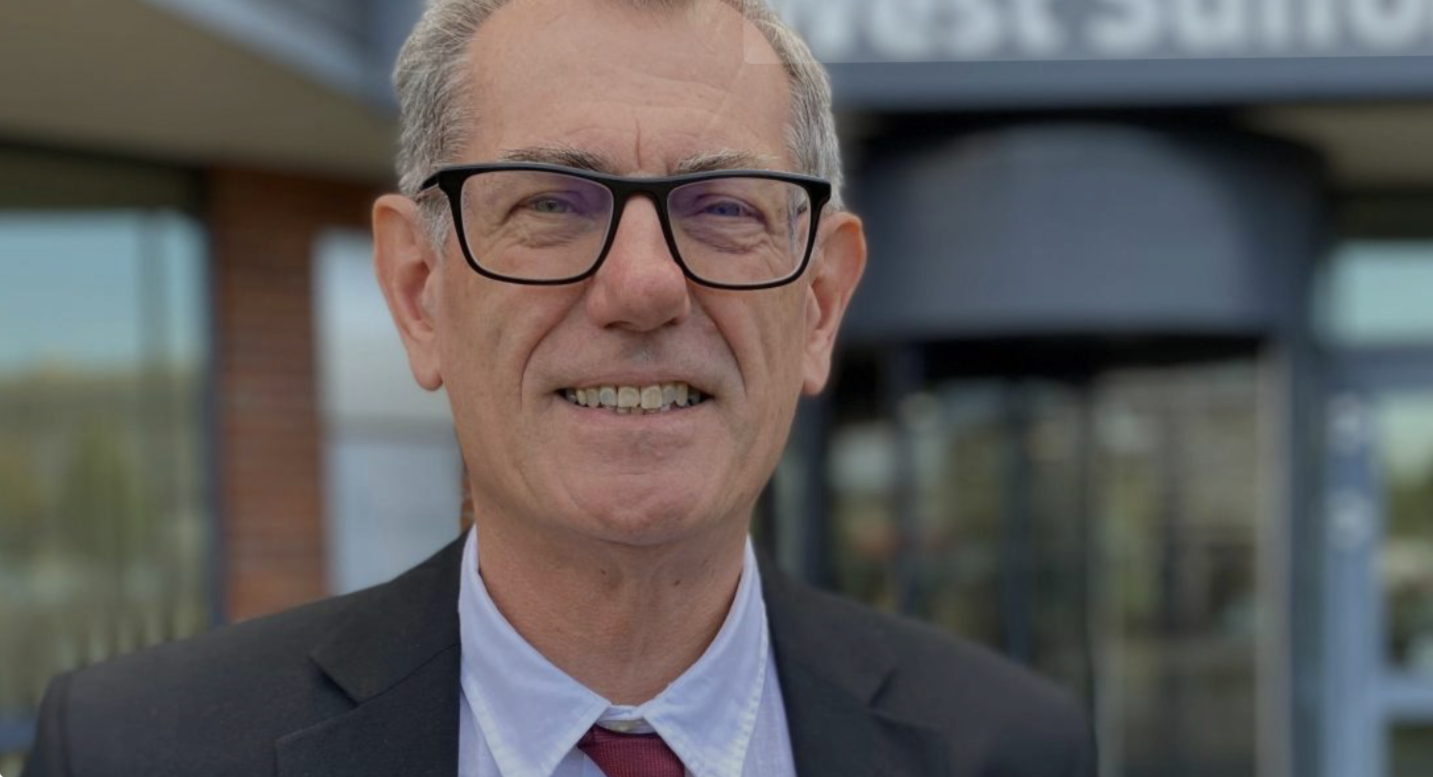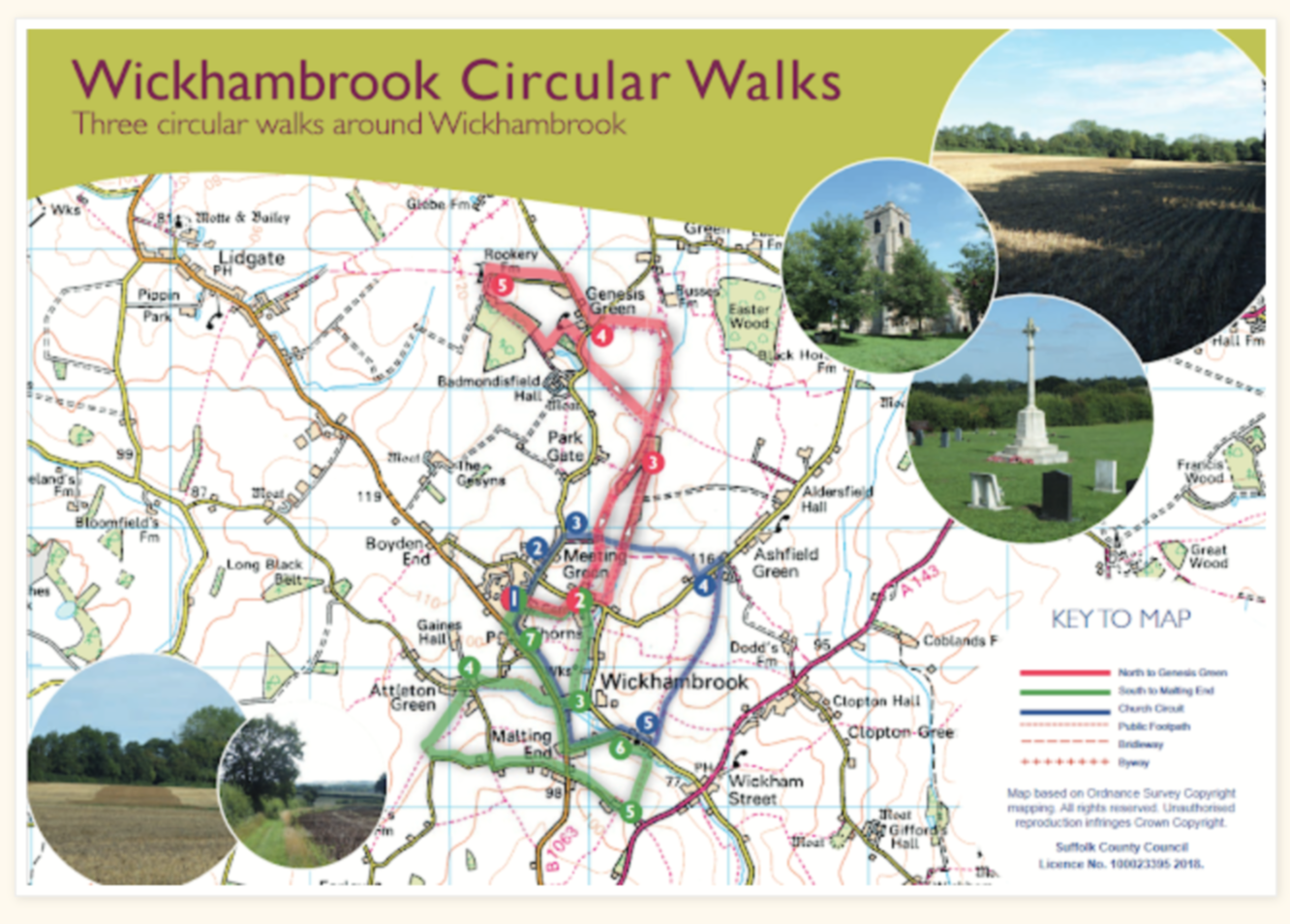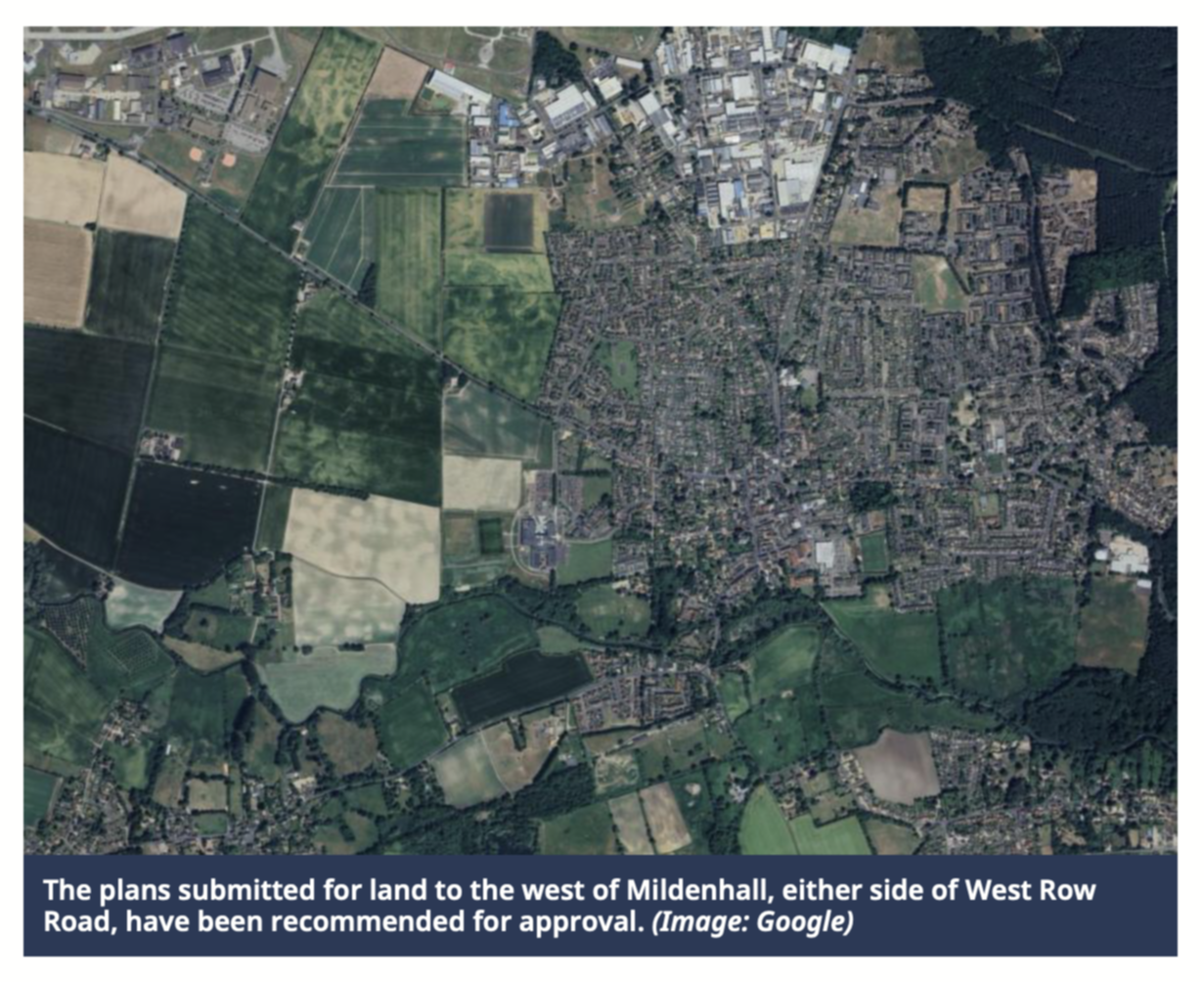Can Our Roads, Healthcare and Schools Cope as Bury St Edmunds Expands?
For many of us living in and around Bury St Edmunds, this isn’t just a passing comment – it’s daily reality. The historic town we love is already struggling to keep pace with the pressure on its roads, healthcare, schools and essential services. Yet thousands more houses are planned.
The Government wants 1.5 million new homes built in England by 2029. Here in Bury, the current population of 41,855 (2021 census) is set to grow significantly. Under West Suffolk Council’s Local Plan (2024–2041), at least 13,005 new homes will be built across the district, with around 4,000 allocated for Bury across six sites.
The plan sounds strategic on paper – but for residents already navigating congested roads, shrinking healthcare provision and crowded schools, the question isn’t how to grow. It’s how to cope.
A Town Under Pressure
To the east of Bury, bordering Moreton Hall, the former Rougham Airfield is earmarked for 500 homes. It’s just one of several major developments. Moreton Hall Residents’ Association (MHRA) recently met with housebuilder Crest Nicholson to express community concerns about the lack of infrastructure planning.
A separate proposal for up to 160 homes north of Mount Road in Rougham has also set alarm bells ringing locally.
“We keep being told infrastructure will follow, but we’re the ones living with the consequences now,” said Andy McGowan, vice-chair of MHRA. “One pharmacy has already shut, another has cut its hours, but the homes keep coming.”
Roads Already at Breaking Point
The traffic situation is worsening. Junction 44 at Sainsbury’s and Orttewell Road are regularly clogged with HGVs that should be using junction 45 at Rougham. The Sainsbury’s roundabout is a daily pinch point. Royal Mail parking issues have turned Skyliner Way into a single-lane chokehold for cars, buses and lorries.
At school pick-up times, Airfield Road and Sebert Road resemble gridlock – even before thousands of extra residents arrive.
Mr McGowan added: “If more houses are built without major investment in roads and active travel routes, we’re heading for permanent congestion and dangerous air quality.”
Public Transport and Active Travel Lag Behind
Residents also highlight poor public transport. The M33 bus through Moreton Hall runs only once an hour, with no service on Sundays or after 6.50pm. Cycling infrastructure plans were scrapped last year, leaving many reliant on cars.
For young people trying to reach work, education or social opportunities outside Moreton Hall, the lack of reliable alternatives adds to the town’s car dependency.
Health and Wellbeing Gaps
As Bury’s population grows, so does demand on already stretched healthcare. There’s still no GP surgery serving the Howard and Mildenhall Road areas, including Marham Park. Sports facilities and swimming provision are also insufficient, leaving young people with few accessible options.
Communities Feeling Absorbed
As Bury sprawls east, it edges closer to Blackthorpe, Rushbrooke and Rougham. In 2022, land within the parish of Rushbrooke with Rougham was absorbed into Bury through a boundary change to accommodate the Lark Grange development.
“We’re resigned to Bury swallowing us up,” said Cllr Sara Mildmay-White, chair of Rushbrooke with Rougham Parish Council. “We understand the need for homes, but the speed and scale are overwhelming – and the infrastructure just isn’t there.”
Neighbouring villages like Thurston have already seen massive growth, impacting Rougham without giving residents much say.
“Bury just cannot cope with more homes. The infrastructure isn’t there.
Traffic and pollution will overwhelm the once-beautiful little town.”
Calls for Real Infrastructure — Not Promises
County councillor David Nettleton, who represents the Tower division, has repeatedly called for transport investment to match housing development. He argues for expanded train services, better stations at Bury and Newmarket, a fleet of electric buses, and safe cycle routes.
“Polluting vehicles should be phased out, especially near schools,” he said, pointing to daily traffic jams that blight Bury.
Developers Acknowledge Limits
Property company Pigeon Investment Management is behind developments north of Mount Road and the 485-home Bury West scheme. A spokesperson said they’re proud to deliver the new relief road intended to ease congestion.
“We know developers must mitigate their impacts,” they said. “But we’re not a silver bullet. Some of these problems stem from years of underinvestment.”
The Official Line
West Suffolk Council maintains that its Local Plan sets out clear infrastructure requirements. Its Infrastructure Delivery Plan outlines where and what must be delivered, with input from Suffolk County Council Highways, National Highways, NHS partners and others.
Council leaders Cllr Cliff Waterman and Cllr Victor Lukaniuk argue that without a Local Plan, development would still happen but with less oversight and less ability to make developers contribute.
But for those of us already living here, the problem isn’t policy frameworks – it’s potholes, blocked roads, long GP waits and closed pharmacy doors. The pace of housebuilding is outstripping the pace of support.
Until real infrastructure arrives – not just promises – residents fear Bury’s growth will come at the cost of the town’s livability.
👉 Read more about the Local Plan and its infrastructure policies here.


